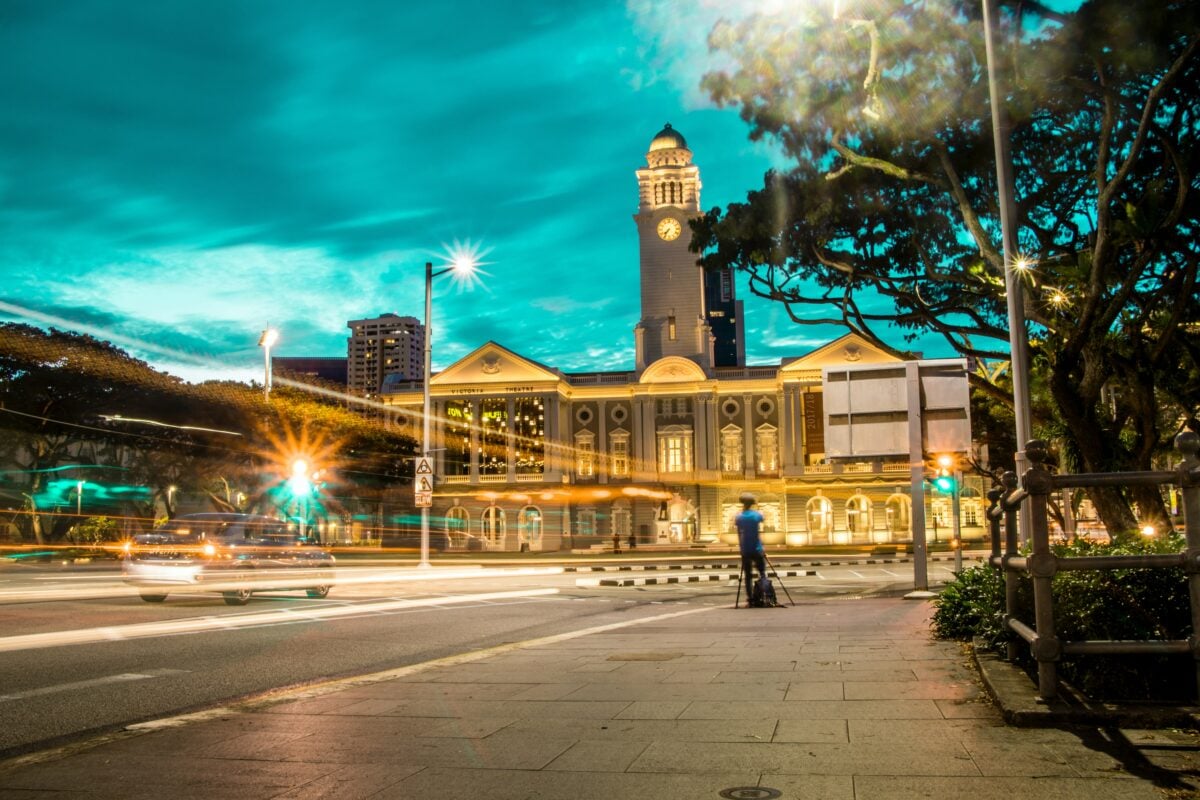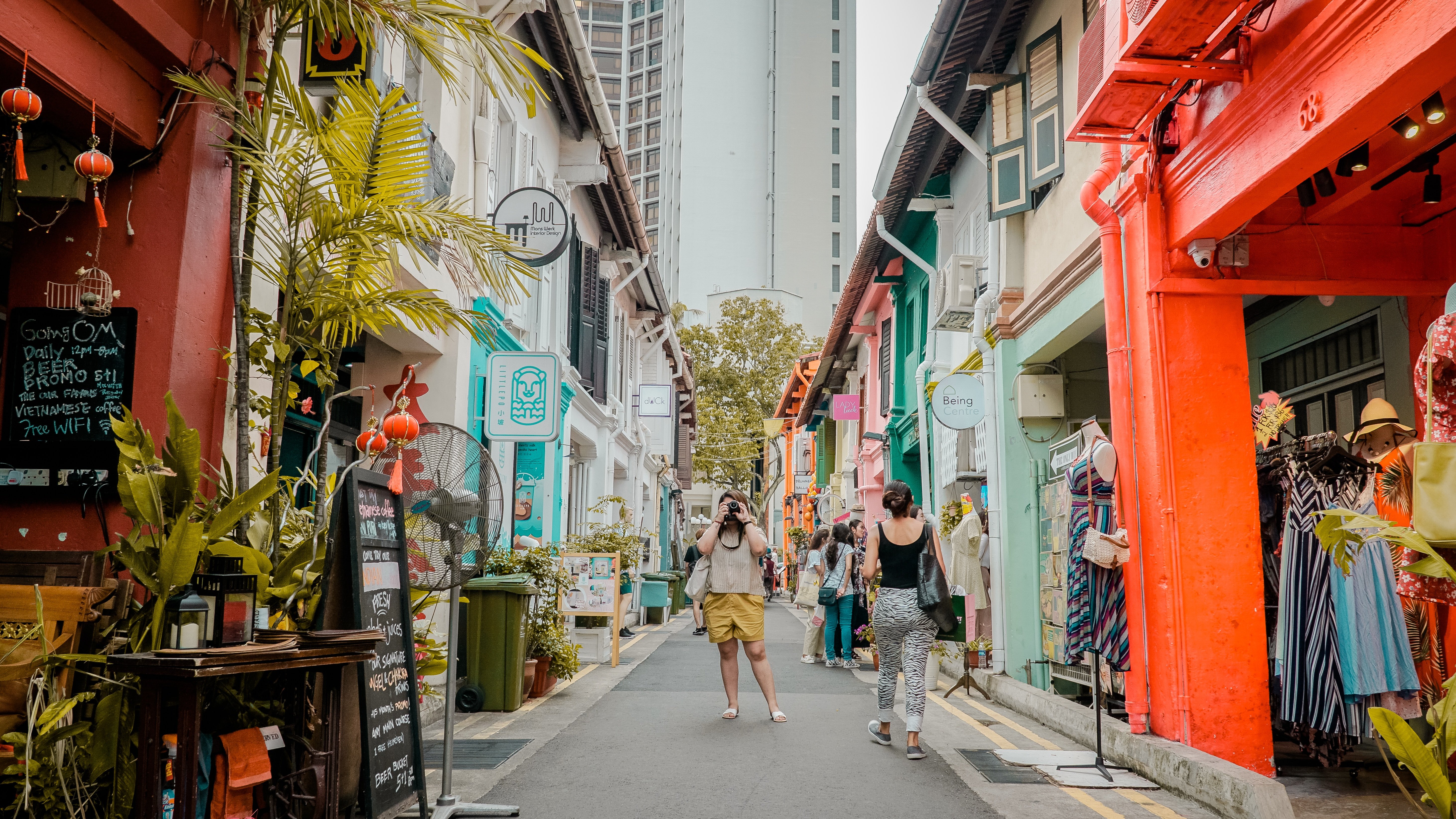In recent years, the property market has witnessed a myriad of changes, adapting to the diverse needs and aspirations of its residents. As urban landscapes transform and societal norms shift, one demographic has emerged at the forefront of these changes: singles.
The evolving property landscape: Spotlight on Singles

Recognising their growing significance, the Housing and Development Board (HDB) has taken a pivotal step by including singles in its latest Sample Household Survey (SHS). This inclusion not only underscores the evolving dynamics of the property market but also highlights the importance of understanding and catering to the unique housing preferences of singles.
As we delve deeper into this topic, we’ll explore the insights gleaned from the SHS and discuss how the property landscape is gearing up to meet the distinct needs of this burgeoning demographic.
Rising significance: Why Singles are the new focus in property trends

The property market once primarily focused on family-centric housing, is experiencing a significant transformation due to the rising number of singles. This isn’t merely a statistical shift but a reflection of evolving societal norms, individual preferences, and personal aspirations. Recognising this trend, the HDB has included singles in the SHS, emphasising the importance of understanding and addressing their unique housing needs. This proactive approach ensures that the housing sector remains attuned to all its residents.
The emphasis on singles stems from changing urban lifestyles. Many individuals now prioritise personal development, career progression, and individual experiences over traditional family units. Altered societal perspectives on marriage and family, combined with these shifting priorities, have increased the demand for individual living spaces.
Consequently, singles have become a pivotal demographic in the housing market, influencing housing design, facilities, and community dynamics.
Beyond the norm: Decoding the housing desires of today’s Singles

The modern single individual is a far cry from past stereotypes. Today’s singles are diverse, driven, and have clear aspirations, especially when it comes to housing. The recent SHS provides valuable insights into these aspirations.
For many singles, the concept of home goes beyond just a roof over their heads. It’s a space that reflects their identity, values, and lifestyle choices. The SHS reveals that singles aged between 21 and 54 years, especially those residing in HDB flats, have specific views on various aspects of life:
- Marriage views: While marriage remains an important institution, many singles today view it as a choice rather than a necessity. Their perspectives on marriage often influence their housing decisions, with some preferring smaller units that cater to individual or dual occupancy.
- Housing needs and aspirations: Singles are looking for spaces that offer flexibility, functionality, and a touch of personal flair. They value proximity to work, social hubs, and amenities. Many are also keen on sustainable and smart home features, reflecting a broader societal shift towards eco-conscious living.
- Sense of belonging: Even as they cherish their independence, singles have a strong desire for community and connection. They seek neighbourhoods that offer opportunities for social interaction, community involvement, and a sense of belonging.
- Outlook on life: Today’s singles are optimistic and forward-looking, and place a premium on personal growth and experiences. Their housing choices often mirror this outlook, with many opting for homes that offer opportunities for personal development, be it through design, location, or community features.
The SHS’s focus on singles underscores a crucial point: the property market needs to evolve to cater to this demographic’s unique needs. It’s not just about building smaller units but creating holistic living environments that resonate with the values, aspirations, and lifestyles of singles.
Read more: The impact of the new public housing model on HDB resale prices
A wider lens: Unpacking broader housing trends and their impact on Singles

While the spotlight on singles provides a fresh perspective, it’s essential to understand their needs within the broader context of the property market. The SHS offers a comprehensive view of the overarching trends influencing the housing landscape.
HDB population and households:
The fabric of HDB towns and estates is diverse, housing a mix of families, elderly residents, rental households, and, of course, singles. Each group brings its own set of preferences and requirements, shaping the design, amenities, and community structures of HDB estates. For singles, this means living in a dynamic environment that caters to a wide range of needs while also addressing their specific aspirations.
Social well-being of residents:
HDB recognises that housing is more than just physical structures; it’s about creating environments that foster social well-being. For singles, this translates to spaces that promote personal and communal connections. The SHS delves into residents’ satisfaction levels with their living environments, focusing on aspects like community engagement, recreational facilities, and safety. For singles, these factors play a crucial role in determining their sense of belonging and overall well-being.
Physical living environment:
The physical aspects of HDB estates, from design to amenities, significantly influence residents’ lifestyles. Singles, in particular, value flexibility and modernity in their living spaces. The SHS explores residents’ satisfaction with facilities within HDB estates, their housing preferences, and aspirations. For singles, this could mean a preference for open-plan designs, smart home features, or proximity to green spaces and recreational areas.
Incorporating the broader trends from the SHS, it becomes evident that while singles have unique housing needs, they are also influenced by the larger shifts in the property market. As societal values evolve and urban planning becomes more resident-centric, singles stand to benefit from a property landscape that’s both inclusive and forward-thinking.
Voices that shape homes: The power of resident feedback in property development

Feedback is the cornerstone of progress. In the realm of property development, understanding the needs, desires, and concerns of residents is paramount. The HDB recognises this, which is why surveys like the SHS are so crucial.
The essence of the SHS:
Initiated in 1968 and conducted every five years, the SHS serves as a pulse check, gauging residents’ feedback on their public housing experiences. It’s a platform where voices are heard, from families to the elderly, and now, with its latest iteration, singles.
Feedback as a catalyst for change:
By actively seeking and valuing feedback, HDB ensures that its housing policies and designs remain relevant and responsive. For instance, the inclusion of singles in the recent SHS is a direct response to the changing demographics and evolving housing needs. Such feedback-driven initiatives pave the way for housing solutions that resonate with the actual needs of the residents.
Shaping the future of HDB estates:
Feedback doesn’t just highlight current sentiments; it provides insights into future aspirations. Understanding residents’ changing needs and expectations, as highlighted in the SHS 2023/2024, allows HDB to anticipate and plan for the future. Whether it’s designing homes that cater to the modern single individual or creating communal spaces that foster social well-being, resident feedback is the guiding light.
A collaborative endeavour:
Property development isn’t a one-sided affair. It’s a collaborative process where developers and residents come together to shape the future. HDB’s proactive approach to gathering feedback, especially through platforms like the SHS, underscores this collaborative spirit. It’s a testament to HDB’s commitment to creating homes and communities that truly reflect the desires and needs of its residents.
In conclusion, feedback is more than just words; it’s a powerful tool that shapes the very essence of our living spaces. As the property landscape evolves, the voices of residents, including singles, will continue to play a pivotal role in moulding the future of public housing.
Future glimpses: What’s next for Singles in the housing arena?
The property market is adapting to the unique needs of singles, as highlighted by their recent inclusion in the SHS. This demographic’s distinct housing preferences suggest that future HDB designs will focus on flexibility and technology, offering modular homes that can be easily reconfigured and smart homes with the latest tech features. Communal spaces, such as co-working areas and recreational zones, will be emphasised to cater to singles’ desire for community and connection.
Sustainability will be a cornerstone of future housing solutions for singles, with features like green technologies, solar panels, and rainwater harvesting becoming standard. The strategic location of HDB estates near business districts and transport hubs will offer singles convenience in their daily lives. Additionally, the digital age will heavily influence housing, with advanced smart home systems and virtual community platforms enhancing the living experience. Overall, the aim is to provide singles with holistic living environments that align with their values, goals, and modern lifestyles.
Singles in the spotlight: The future of property development

The SHS underscores a pivotal shift in the property market: singles are no longer just a subset but a driving force in property development. Their inclusion in the SHS signifies more than just demographic changes; it emphasizes their central role in the housing narrative. Addressing the unique needs of singles poses both challenges and opportunities for developers. While it necessitates a move away from conventional housing models, calling for innovation and adaptability, it also unveils new prospects in tailored living spaces and community-focused amenities.
In essence, as the property sector undergoes transformation, the influence of singles will amplify. Their insights, choices, and feedback will be vital in moulding the housing future. It’s imperative for developers, urban planners, and policymakers to acknowledge this evolution, ensuring future housing solutions are progressive, inclusive, and resonate with the desires of every resident, especially singles.
Read more: Why first-time homebuyers in Singapore are opting for bigger flats in the October BTO exercise
Conclusion
Navigating the ever-changing property market, it’s clear that the perspectives of residents, particularly singles, are instrumental in determining the trajectory of housing. The SHS provides valuable insights into the expectations and preferences of this expanding group. More than just structures, the future of housing is about crafting spaces that align with individual lifestyles, principles, and aspirations.
Singles’ inclusion in the SHS underscores their integral role in the housing dialogue. It beckons developers, policymakers, and the wider community to unite, innovate, and devise housing solutions that mirror our multifaceted society. As we gaze into the future, we encourage everyone to partake in this discourse. By sharing insights, experiences, and visions, we can collaboratively sculpt a housing environment that genuinely embodies a sense of home for all.
The post Singles in the property market: Understanding their unique housing needs and aspirations appeared first on .











